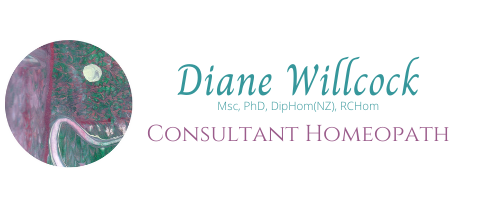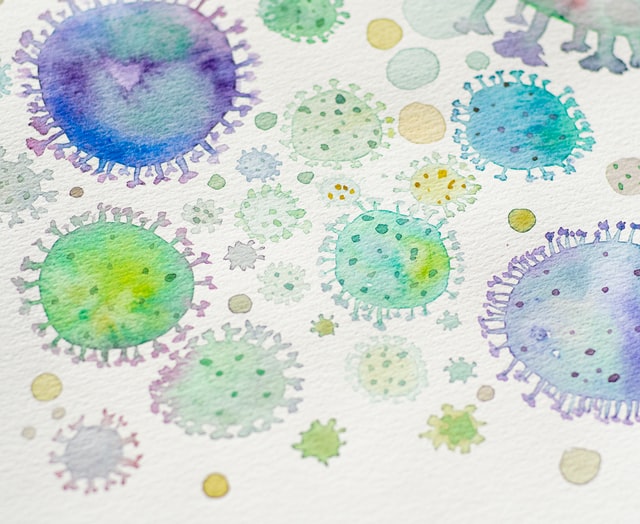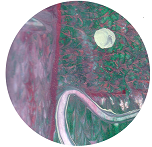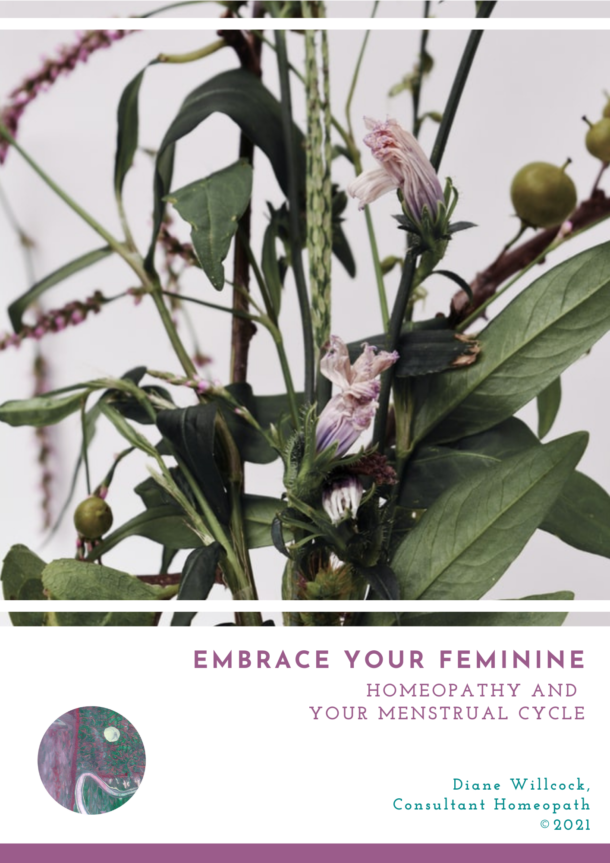I am often asked about homeopathic vaccination. Just to be clear, although the terms are used, strictly speaking there is no such thing as homeopathic vaccination or immunisation.
There is however, Homeoprophylaxis (HP) which is defined as the use of potentised substances in a systematic manner to prevent the development of infectious diseases.
It is based on the Principle of Similars and the Principle of Minimum Dose both of which form the basis of Classical Homeopathy.
Homeoprophylaxis is the use of potentised substances in a systematic manner (according to the Law of Similars) to prevent the development of the charateristic symptoms of infectious diseases.
How it Started
Samuel Hahnemann introduced homeopathy to the world in towards the end of the 18th century. In 1799 there was an epidemic of Scarlet Fever in Konigslutter where Hahnemann was visiting. He gained fame throughout Europe from his effective treatment of the disease. He observed that the particular presentation of most cases in this epidemic were homeopathic to the remedy Belladonna.
Dr Hahnemann had an observant and inquiring mind. He had noticed that in one family, all the children had been stricken with Scarlet fever except the one who had been taking Belladonna for a problem with a finger joint.
In another family, after treating one particular child with Belladonna, he investigated whether the other five children in the family could be be spared the disease. He reasoned that “A remedy that is capable of quickly checking a disease in its onset, must be its best preventive”. This proved to be the case as none of those other children, all of whom were given Belladonna, succumbed to Scarlet Fever.
Obviously five is too small a sample set to draw meaningful conclusions. However, 11 other doctors working during that epidemic reported that of 1646 children exposed to Scarlet Fever after being given Belladonna prophylactically, only 123 (7.4%) developed symptoms of infection. The infection rate in the general populace was around 90%. Thus HP in this case was around 90% effective.
Since then, Hahnemann’s findings have been re-enforced in many other epidemic situations.
Dr Isaac Golden, considered a world authority on Homeoprophylaxis, chronicles the history of HP in his book Homeoprophylaxis – A Practical and Philosophical Review.
I won’t reproduce it here, but suffice to say, Dr Golden was so impressed he has devoted his life’s work to Homeoprophylaxis. The information in this blog is based on Dr Golden’s work.
Leptospirosis in Cuba
An outstanding use of short-term HP happened in Cuba in 2007-8.
Annual outbreaks of Leptospirosis are a feature of life in Cuba.
In late 2007, the Cuban government enacted a huge mobilisation of people to distribute HP for Leptospirosis to 2.3 million people at high risk. The remaining 8.8 million were untreated.
Within weeks, the treated provinces had an 84% decrease in disease incidence whilst the untreated continued with usual expected levels. Analysis of the data showed the intervention was strongly associated with a drastic reduction of the disease incidence resulting in complete control of the epidemic.
More impressively, the protective effect continued into the next Leptospirosis season with 84% reduction in cases in the region where the prophylactic had been administered. In other areas incidence increased by 22%.
Dr Gustavo Bracho talks about the project here.
Approaches to Homeoprophylaxis
There are two main approaches to homeoprophylaxis – short term and long term.
Short term HP is like that used by Hahnemann in the Scarlet Fever epidemic. When there is a seasonal increase of the incidence of a disease in the community, or a person is travelling to an area where unfamiliar (to him) infectious diseases are active, an appropriately selected remedy is given to provide relatively short-term prevention.
Long-term HP, as the name suggests is designed to give protection over a longer time span without the immediate probability of being exposed to infectious disease. This approach involves a series of HP remedies taken over many months. A program of remedies matching the target diseases is prepared. It is usually used in manner that reflects the conventional schedule of vaccinations for children.
There is some controversy among homeopaths regarding HP. Most have no problem with short-term HP for epidemics or travel. There is a target disease for the remedy to act on.
Long-term HP however does not offer a target disease for the remedies to act on – just a distant possibility. Some will say rather than use long-term HP to directly prevent infectious disease, it would be better to treat constitutionally and encourage a healthy lifestyle to build up vitality and a strong immune system.
Then if a disease does develop it should be treated according to the presenting symptoms as we have always done in homeopathy. This also helps build vitality and develop a strong, active immune system.
There are merits to both sides of the argument.
Risks and Benefits
HP is cost-effective, easy to administer (by way of sweet-tasting pilules).
Homeopathic remedies are non-toxic.
Dr Golden’s extensive research in effectiveness of HP shows a 90% effectiveness.
He claims that the long-term use of his program is generally associated with positive general well-being and is statistically associated with lower levels of chronic disease than other methods of immunisation.
Although potentised homeopathic remedies do not have side-effects, they do have effects. Golden has found that less than 2% of people using his long-term HP program will experience a reaction – these reactions are typically very brief and mild.
The Bottom Line
Homeopathy is versatile. It can be used for HP or for treatment of diseases and even to mitigate or address problems that arise from conventional vaccination.
Parents need to do their research and make their own decisions regarding their children’s health. Your homeopath will be able to support you in whatever decision you make.
More information about Dr Golden’s work can be found here.
Or you can book a free 15 min chat with me to discuss the options.





